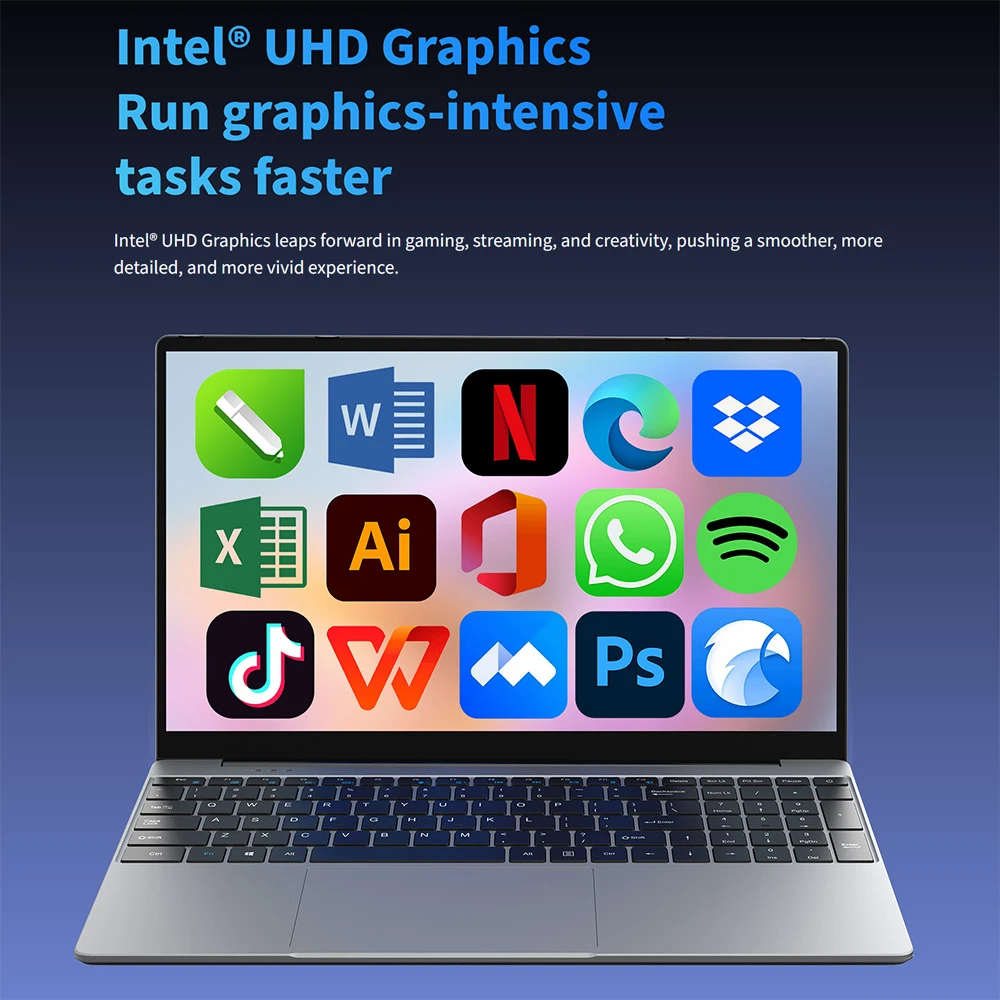Introduction
The dedicated GPU and integrated graphics are two graphics cards used in computers to handle graphics and display. While these two graphics cards play the same role, they differ in performance, power consumption, costs, and applicable scenarios.
What is the Dedicated GPU?
The dedicated GPU, also called a discrete graphics card, works independently from the computer. The graphics card houses the GPU which then can be used to process graphics-related data and instructions separate from your CPU. The performance of a dedicated GPU is much superior to integrated graphic card, and it has strong 3D processing ability.
The common interface form of dedicated GPU on a desktop: AGP and PCI-E.
The common interface form of dedicated GPU on a laptop: MXM interface GPU and AXOM interface GPU.
What is Integrated Graphics
The integrated graphics (or built-in graphic card), which integrates on the CPU chip. They share the system memory and have no separate video memory. It’s obvious if running the integrated cards requires a lot of space in memory, it will have an influence on the operating system. The frequency of the system memory is often lower than the dedicated memory, which result in a worse performance than dedicated GPU.

The Pros and Cons of Dedicated GPU
The Pros
- Higher Graphic Performance
It’s acknowledged that dedicated GPU has more powerful graphics handling ability. It’s widely used in process complex graphics and video tasks such as gaming, video editing, and 3D modeling.
- Better Gaming Experience
Equipped with more video memory and higher video memory bandwidth, discrete graphics cards provide a smoother gaming experience.
- Support Multiple Display
Discrete graphics cards support multiple monitors connection, and they are able to simultaneously output multiple independent display signals.
The Cons
- Higher Power Consumption
Higher graphic processing performance leads to higher power consumption. Because dedicated GPU needs to be independently powered and boasts more graphics processing capacity, it tends to consume more power.
- Increased Price
Due to the independent design and outstanding capability, the discrete graphics cards come with a higher price.
- Take up More Space
Discrete graphics cards needs extra slot and cooling system. As a result, they will occupy more space.

The Pros and Cons of Integrated Graphics
The Pros
- Integration and Stability
The integrated graphics are integrated directly with the motherland for better compatibility and stability. The problem of incompatibility between the discrete graphics cards and the motherland is avoided.
- Space and Power Optimization
Since the integrated graphics share the same chip with CPU, and don’t need extra cooling system, they saves lots of room. What’s more, the overall power consumption can be well controlled than that of the dedicated GPU.
- Cost Advantage
Because the integrated graphics card is directly integrated on the motherboard by the motherboard manufacturer, compared with the dedicated GPU, it reduces the intermediate links and additional costs, so the price is more competitive.
The Cons
- Limited Gaming and Graphics Handling
Quite a lot high-performance games and graphics applications may not run on integrated graphics or at lower frame rates due to performance limitations of the integrated graphics. This is a disadvantage for users who require high graphics performance.
- Thermal and Power Consumption Issues
Since the integrated graphics card located on the CPU chip, it’s easy to discharge extra heat and increase the power consumption of the system. Consequently, it results in an increase in system temperatures, and stands in need for better cooling system to avoids overheat and performance drop.
- Unable to Upgrade
Unlike discrete graphics, the truth is that integrated graphics cannot be upgraded. Once you buy a computer or laptop with an integrated graphic card, you cannot replace or upgrade the graphics card. This limits users’ ability to boost graphics performance in the future.
- Limit Multitasking Capabilities
Because integrated graphics share computing resources with the main processor, performance degradation may occur when multiple graphics tasks are processed simultaneously. This is a disadvantage for users who need to run multiple graphics applications or render graphics at the same time.
Conclusion
Overall, discrete and integrated graphics have their own advantages and disadvantages. A dedicated GPU may be a better choice if you need to handle complex graphics and video tasks, as well as higher gaming performance and multi-monitor support. However, if you have high requirements for power, cost and space, and don’t need high-performance graphics and gaming support, an integrated graphics card may be better for you.











